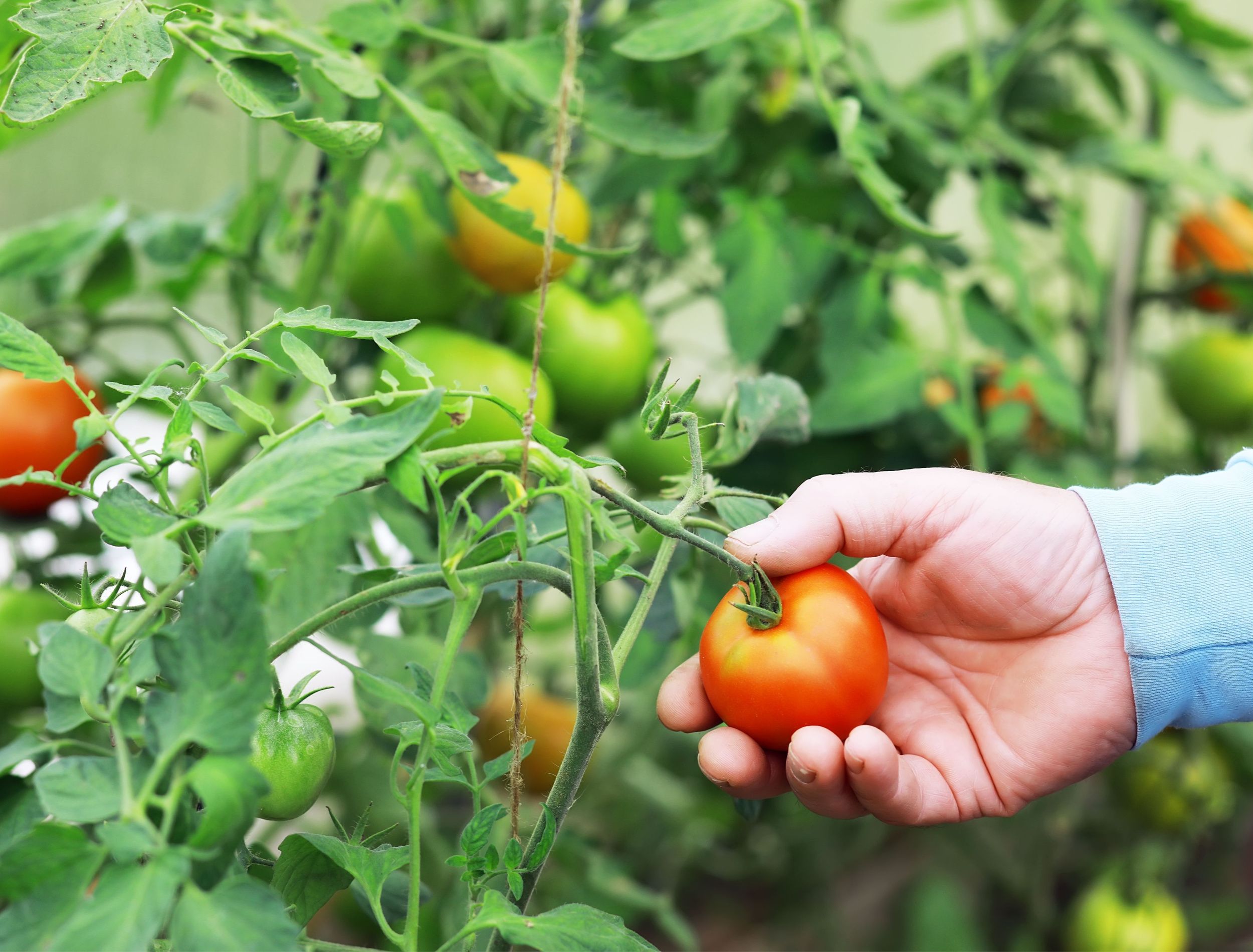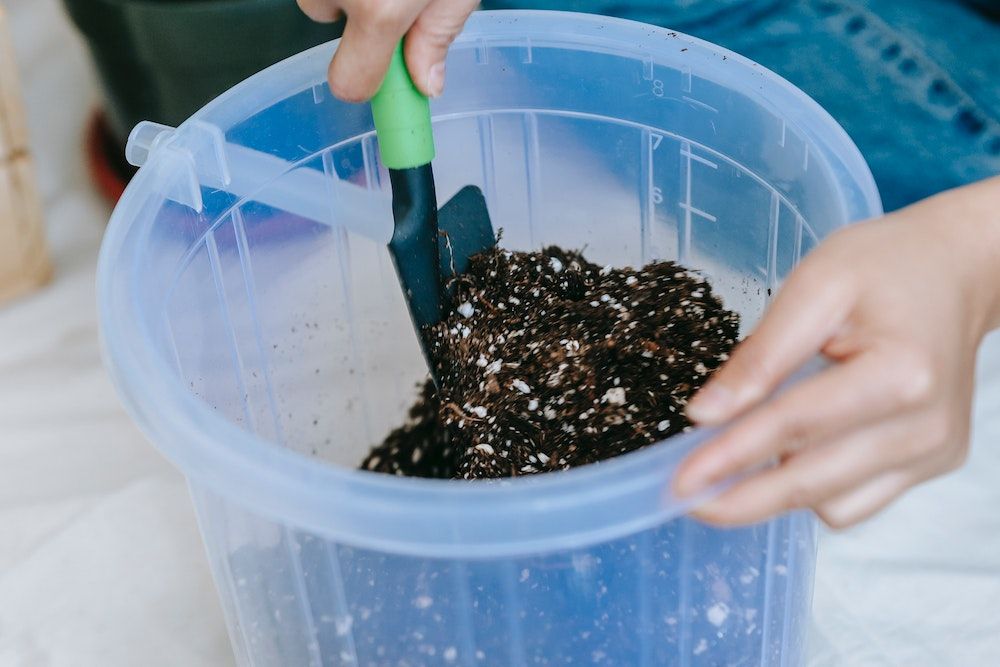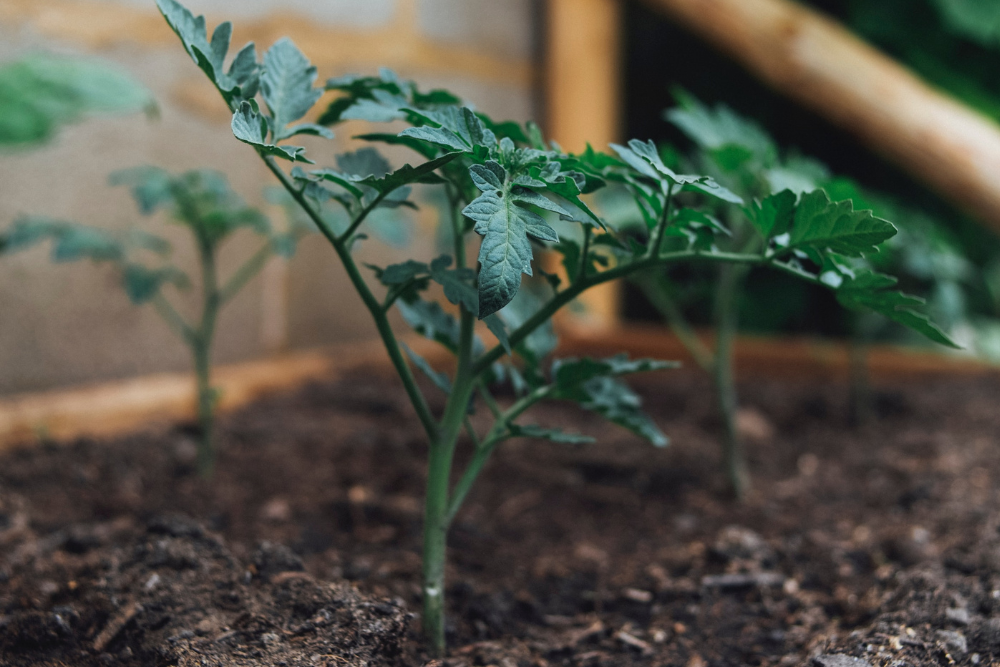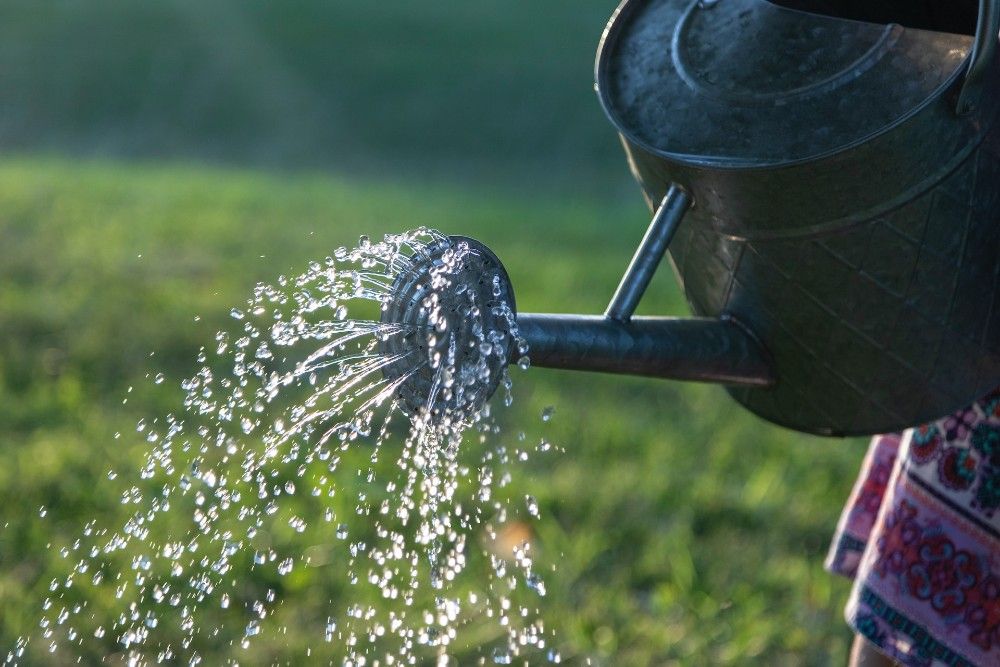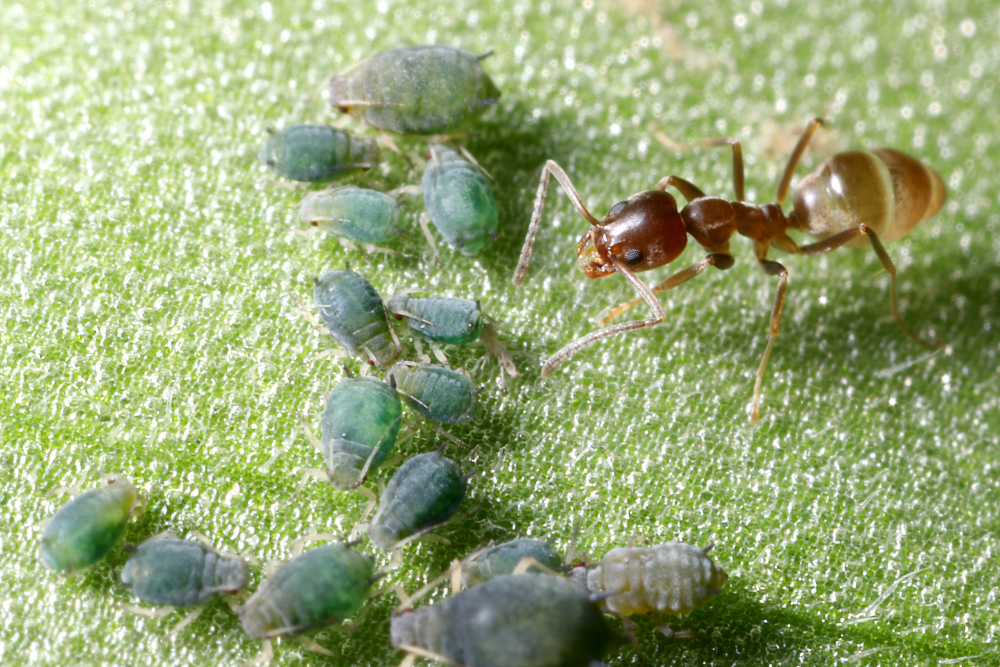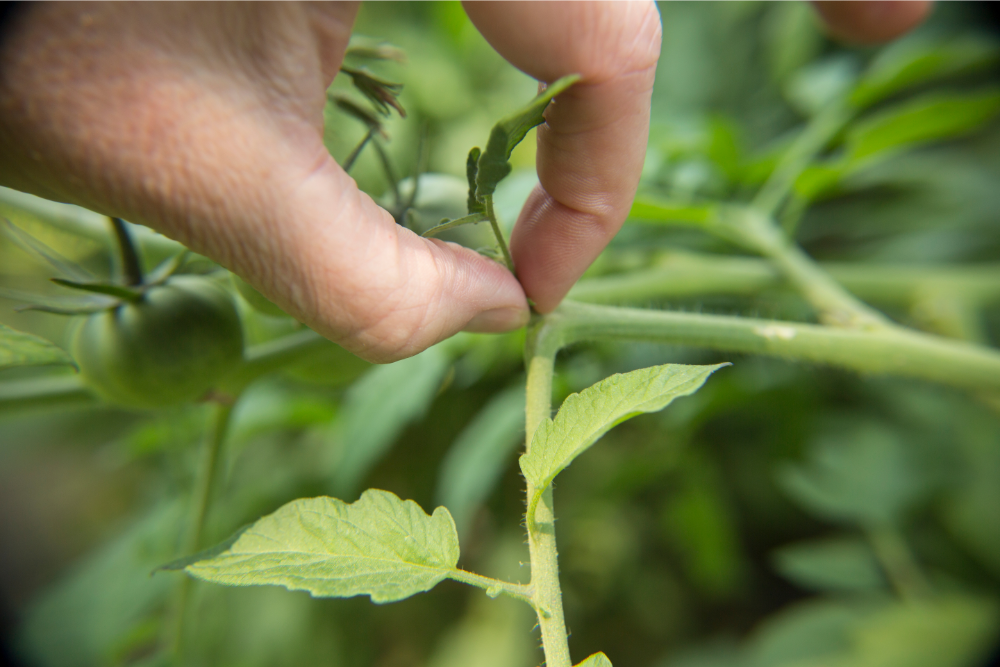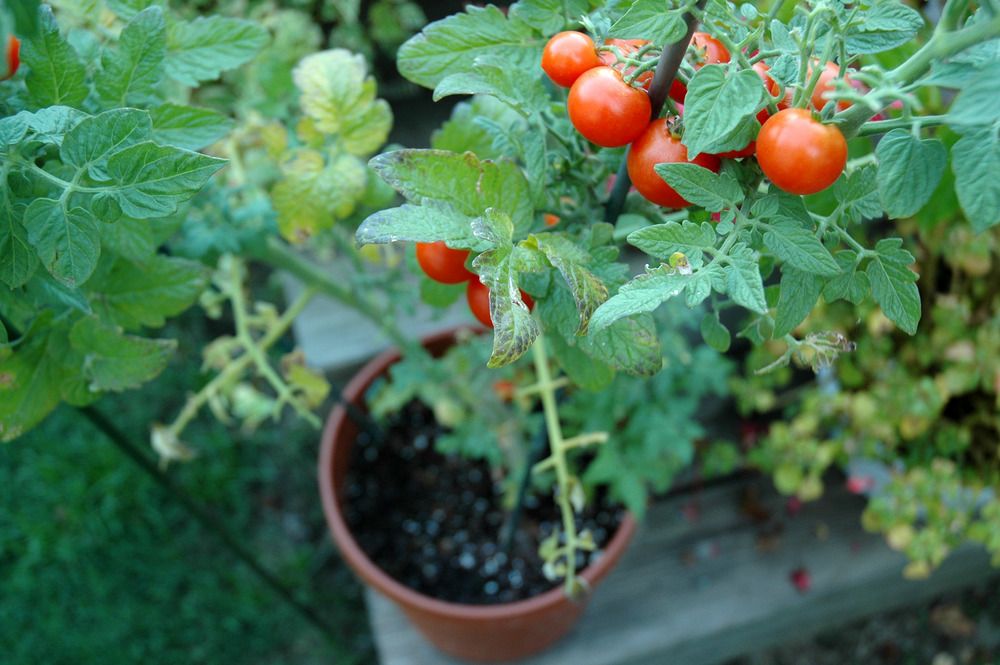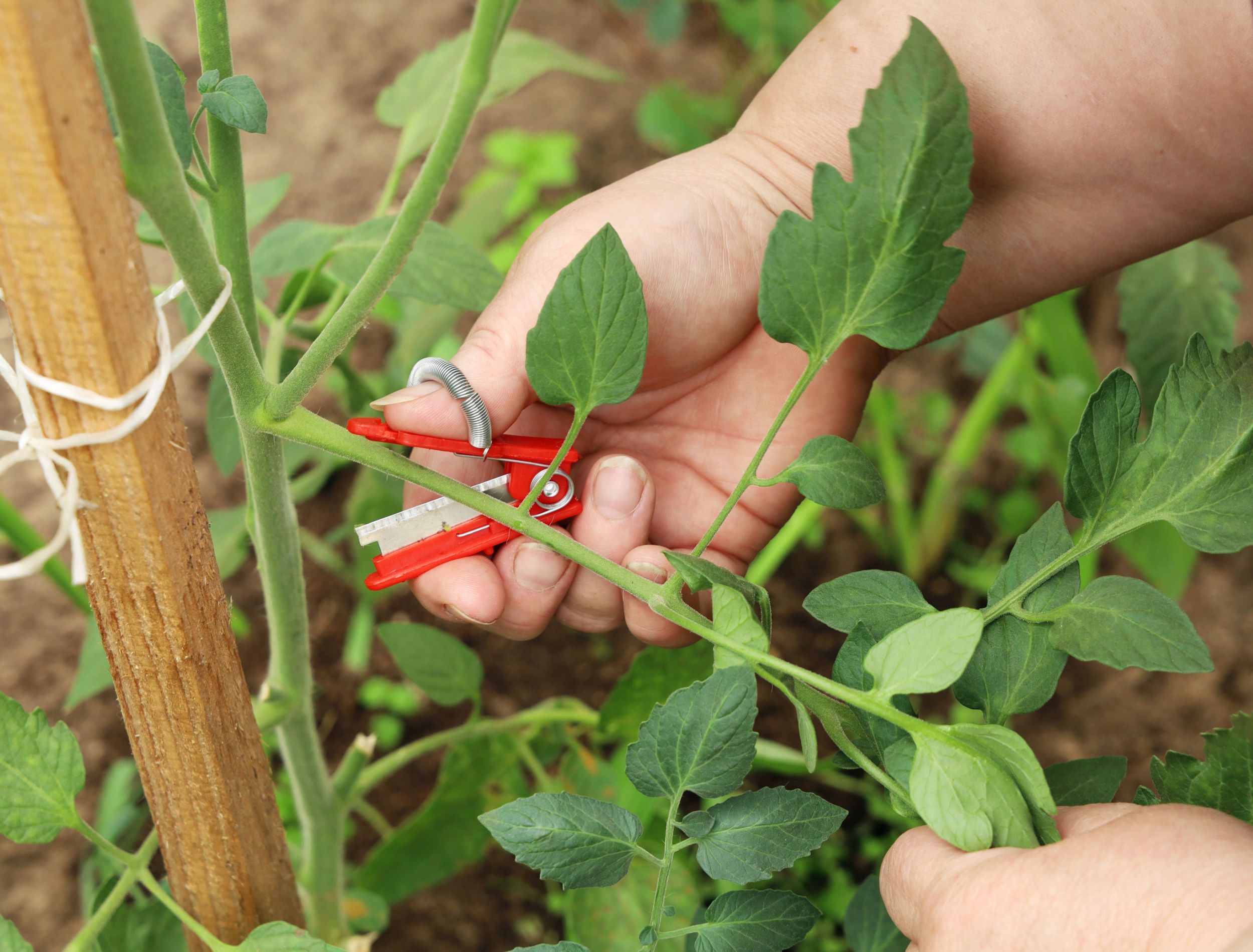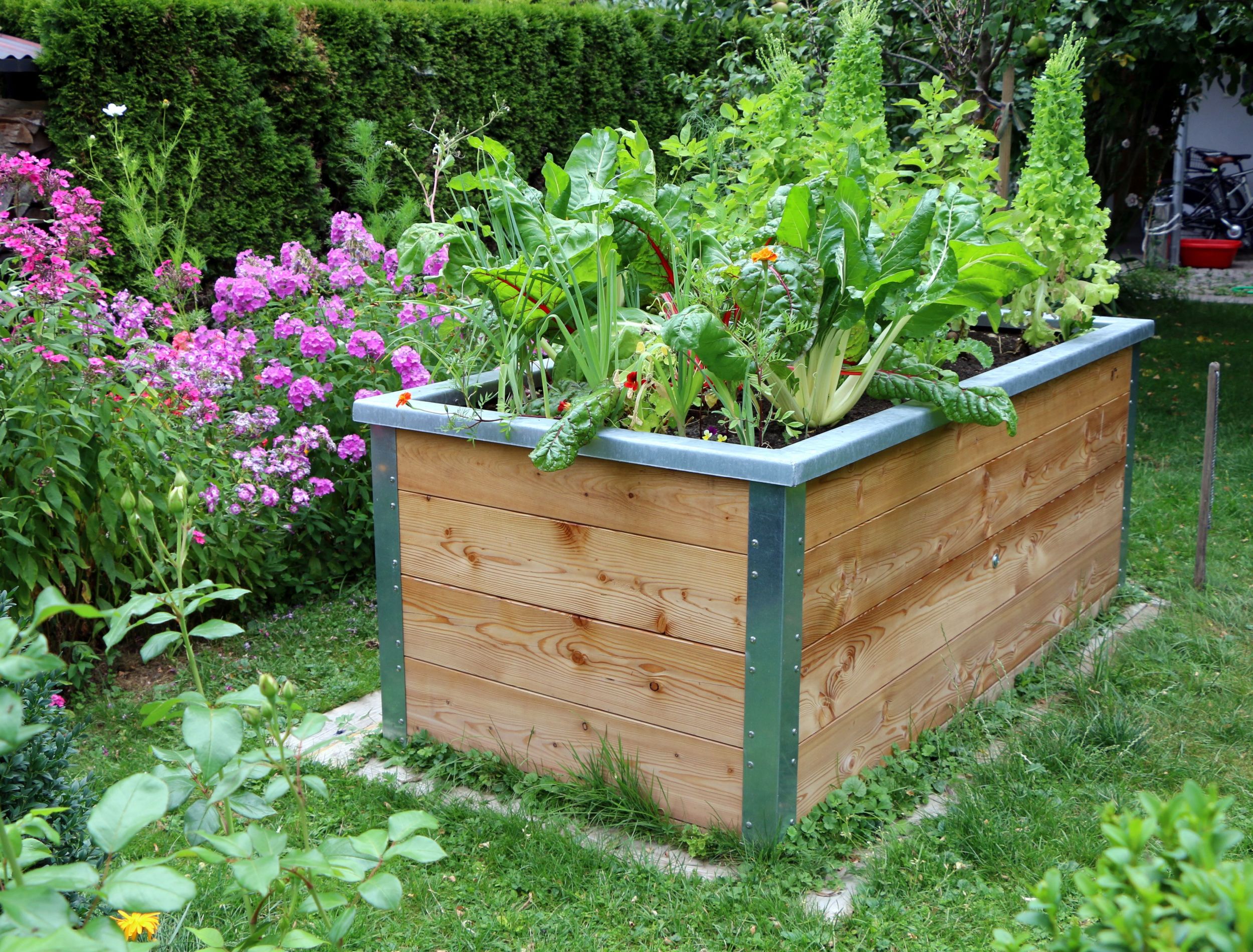You've spent all season caring for your garden, tending to each tomato plant with love and dedication. After spending hours in the sun perfectly pruning each tomato plant, you want to get the highest yield possible from these juicy fruits. Luckily, there are things you can do to get bigger and more bountiful tomatoes!
Discover the top tips on increasing your tomato yield this year for the healthiest, most abundant harvest ever!
Select Healthy Tomatoes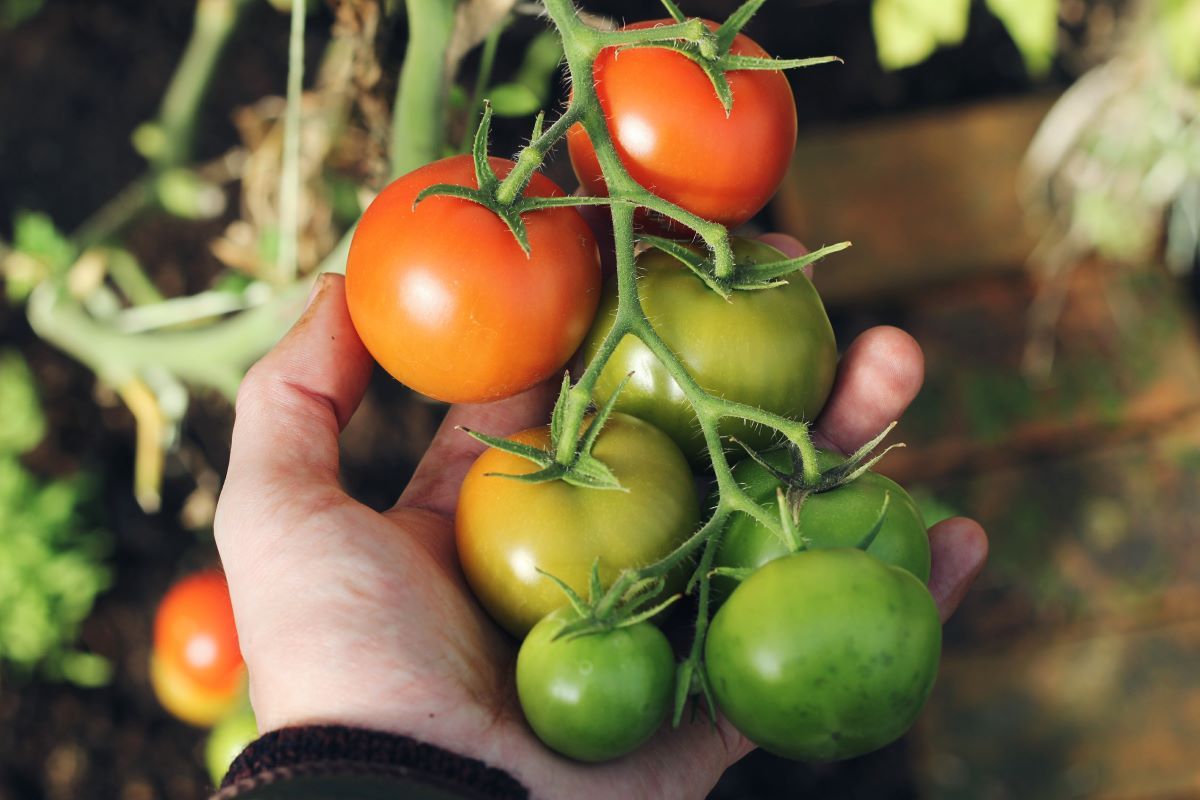
Tomato yields vary drastically depending on several factors, and one key element is the quality of the tomatoes you choose.
Select tomato seeds from reputable sources, such as garden centers or established online purveyors. Doing so helps guarantee the varieties you buy have maximum productivity and disease resistance.
To check if your seeds are viable, do a germination test. Take 10 seeds, and place them on a moist paper towel. Put the towel in a warm spot (65 to 70 degrees Fahrenheit) for three to 10 days. Check your seeds daily and re-dampen the paper towel if it dries out. If you notice sprouting, the seeds are viable.
Additionally, pick out tomato plants free from physical defects, such as yellow or brown leaves, which might indicate damage or poor health.
Good Quality Soil
Another key to successful tomato growth is providing your plants with good-quality soil. The type of soil and its pH level are essential to tomato yield. Well-draining soil free from disease or pests ensures your plants won't be hindered by anything in the ground. The ideal pH range for tomatoes is 6.2 to 6.8, so test your soil regularly throughout the growing season to maintain these levels. You can do an at-home test or bring samples to your nearest garden center. Then, if necessary, amend your soil with products such as compost, lime, or coffee to change its pH.
Prepare Your Garden Beds Properly
Start by tilling the soil in the garden bed to break up clumps and turns over the soil. Doing so allows air, water, and nutrients to easily reach your plant's roots. It also makes weeding much easier, as you can sift through the soil for smaller weed seedlings.
Once you've tilled your garden bed, remove large or small stones and debris that could impede root growth or block water flow.
Provide Adequate Watering and Fertilizing Regimes
Two weeks before planting, apply 2½ pounds of a balanced fertilizer (10-10-10) per 100 square feet of garden area. Doing this helps create the ideal environment for growing tomatoes.
Fertilizing your tomato plants during flowering also helps increase yields at harvest time. For this stage in the growth cycle, use either 8-32-16 or 6-24-24 N-P-K fertilizer.
Regular watering is essential to keep the soil moist and your plants adequately hydrated. Aim to water 6 to 8 inches down in the ground and try to stick with two or three deep waterings per week. Monitor soil moisture levels, as too much or too little negatively affects yield.
Check for Pests and Diseases
Regularly check your tomato plants for signs of pests or diseases, such as aphids or blight. Aphids are particularly troublesome for tomatoes. While tomatoes can handle a few, an infestation damages your plant's health. These pesky little insects love feasting on the succulent leaves of tomato plants, eventually weakening the plant and producing fewer tomatoes than you'd like.
You'll know if aphids have taken up residence in your garden if you spot small, yellowish-green dots clustering on the underside of tomato leaves. It's also a good idea to keep an eye out for blight. This nasty disease causes spots and discoloring on foliage, as well as stunting the growth of tomatoes.
If you spot pests or diseases in your tomatoes, don't panic! Take steps quickly — such as using baking soda, removing affected leaves, or using an insecticide or fungicide. But don't wait too long before acting; otherwise, the problem may worsen and lead to further crop damage.
Prune and Stake Plants for Maximum Yields
Tomatoes need pruning to produce juicy yields. When pruning tomatoes, look for suckers (small side-shoots) growing where the main branches meet leaves. Remove these as they are unproductive and take energy away from other parts of the plant. Use sharp and clean scissors to not damage the surrounding foliage or fruit.
Staking is also an effective way to increase the yield potential of tomatoes. Staking involves inserting a stake or trellis into the ground next to your tomato plants. The task should be done when the plant is young as to not disturb the roots. This support helps during windy weather and reduces the risk of plant damage.
Harvest Your Tomatoes at the Right Time
Harvesting tomatoes at the right time makes or breaks your yield for the season. To maximize your tomato harvest, pay attention to signs of ripeness and be aware of how long it takes for them to grow.
Tomatoes typically take anywhere from 60 to 100 days to grow from seed and are ready for harvesting 40 to 60 days after flowering. To determine when a tomato is ripe, look for four key indicators: its shiny skin, firmness, sweet scent, and heavy weight. When all these qualities come together, it's time to pick.
Determinate tomatoes are ready for harvest once per season. Once the plant is done producing, it won't give more fruit. Indeterminate tomatoes, however, grow and give fruit during the season.
Invest in Good Quality Planting Supplies
Investing in good-quality planting supplies is essential if you want the most out of your tomato yield. It helps keeps plants healthier and more prolific. Plus, it makes things easier for you come harvest time.
When planning a tomato garden, purchase high-quality soil amendments such as organic compost. Compost helps retain moisture for longer periods and improves the soil's fertility, so your tomatoes have all they need to grow big and strong. Additionally, mulch your tomato plants 2 to 3 inches high. Mulch, like grass clippings or straw, helps keep the moisture in during hot summer days while blocking weeds from taking over your garden.
It's also a great idea to buy some tomato ties. You use these ties to gently tie the branches down so they develop properly without breaking apart.
Finally, don't forget about tools. Investing in a few good-quality garden tools is essential to get the best out of your tomato crop. From shears for pruning to forks for weeding and wheelbarrows for moving large amounts of soil or mulch — having all these small items at your disposal makes things more efficient when tending to your plants.
Rotate Crops to Increase Soil Fertility
Crop rotation is an important technique for keeping soil healthy and increasing yields. Rotating crops helps your tomato plants get all the nutrients they need from the soil while preventing disease and pests from building up in the same spot.
To start, determine how many years you want to rotate your crops: three or four is usually enough. Then plan a schedule according to which beds you'll plant with tomatoes one season and which beds you'll plant with something else from another plant family — like carrots or potatoes — the following season. This way, you replenish the nutrients in the soil, and pests move on.
A Garden Party You Can't Refuse!
Tomatoes are a great way to get out in the garden and enjoy the summer sunshine, all while growing something delicious you can add to your dietary experience. As a result of careful planning, nurturing, and maintenance, you can have some of the best and ripe homegrown tomatoes!
If you had an enjoyable time harvesting tomatoes this season, then share it with everyone! Spread the tomato-growing love! Invite your family and friends over for a tomato-picking afternoon and exchange tips about different varieties and methods so everyone benefits. Remember: Growing tomatoes takes time, but it's well worth the effort when you reap the rewards of deliciously sweet homegrown tomatoes!

